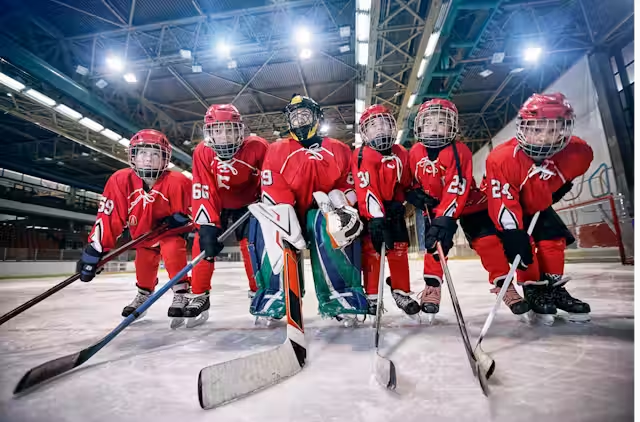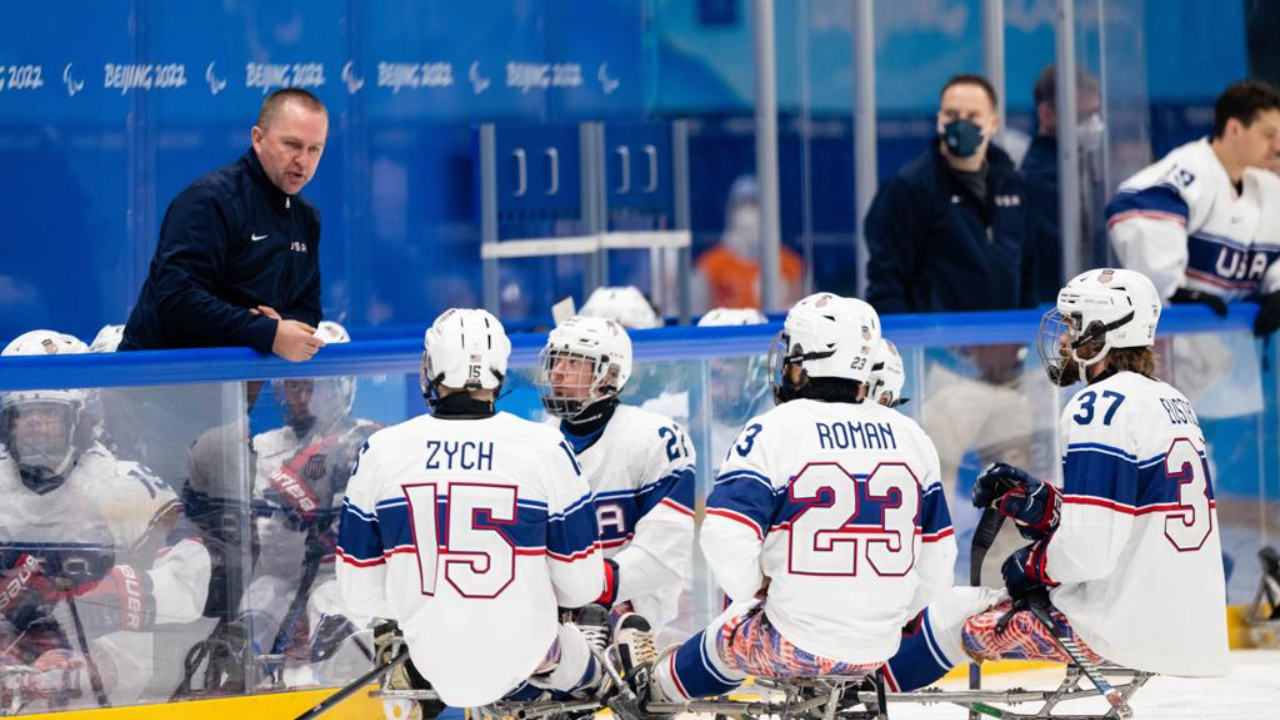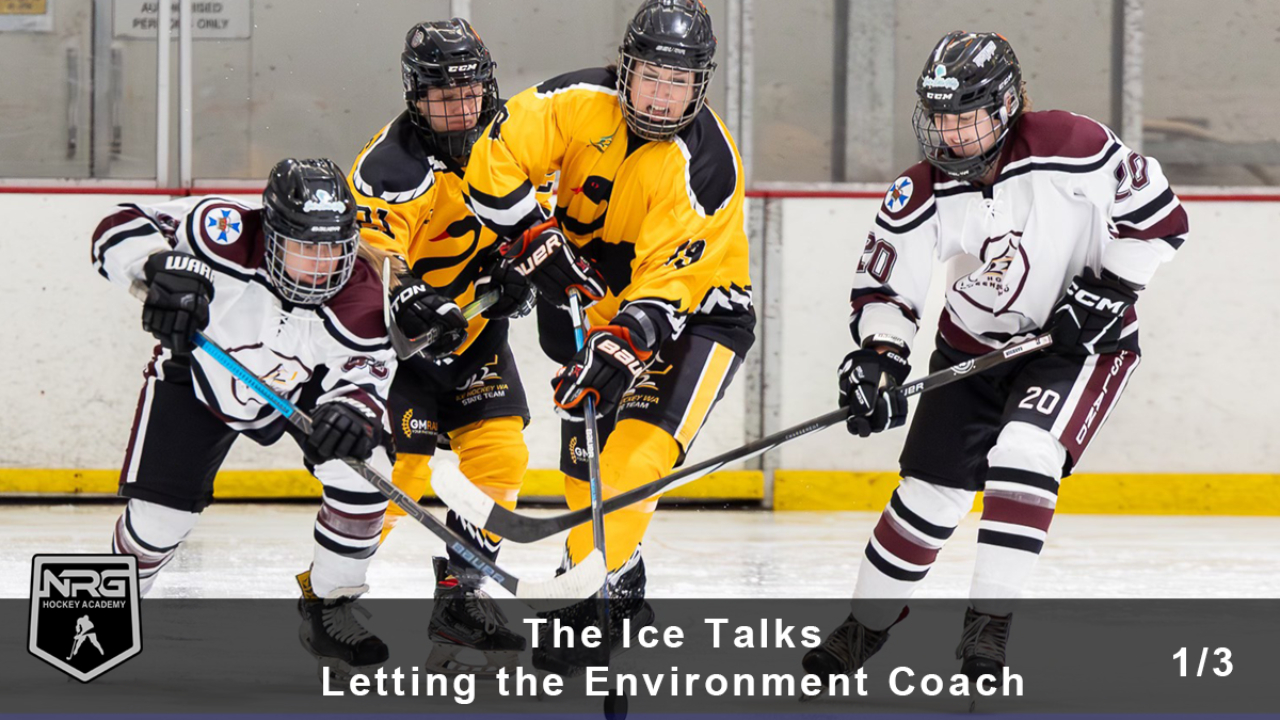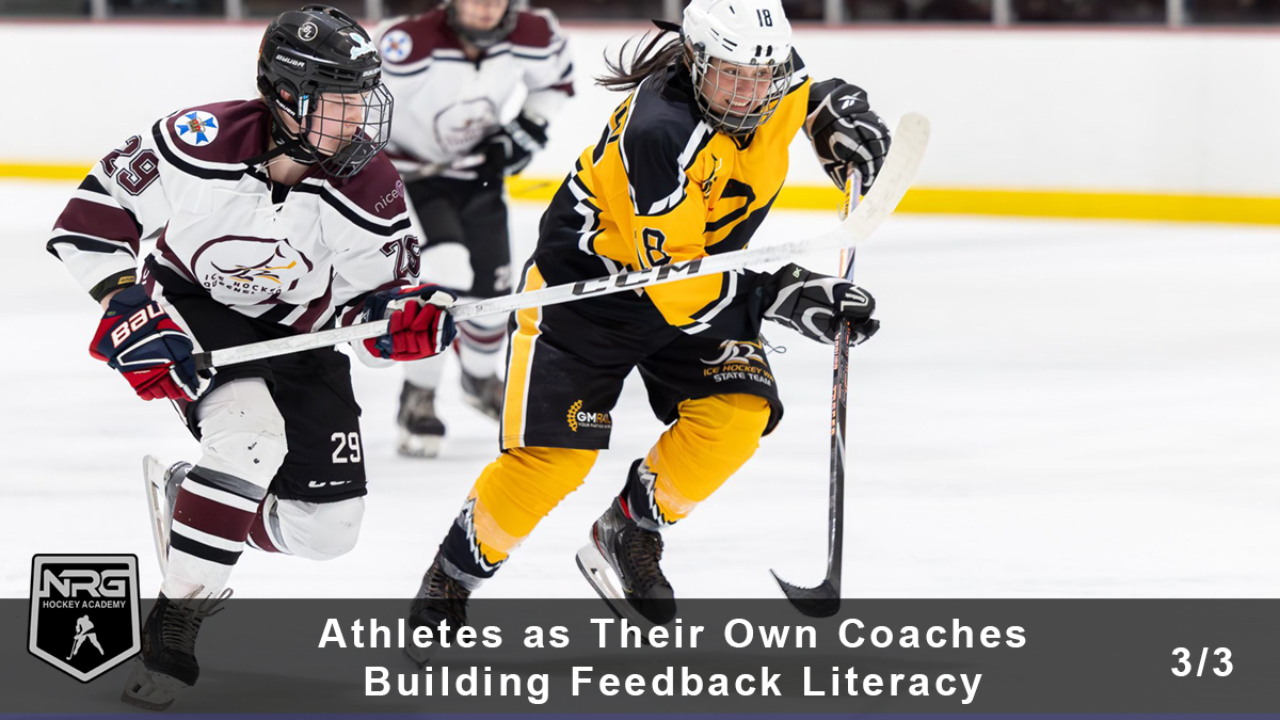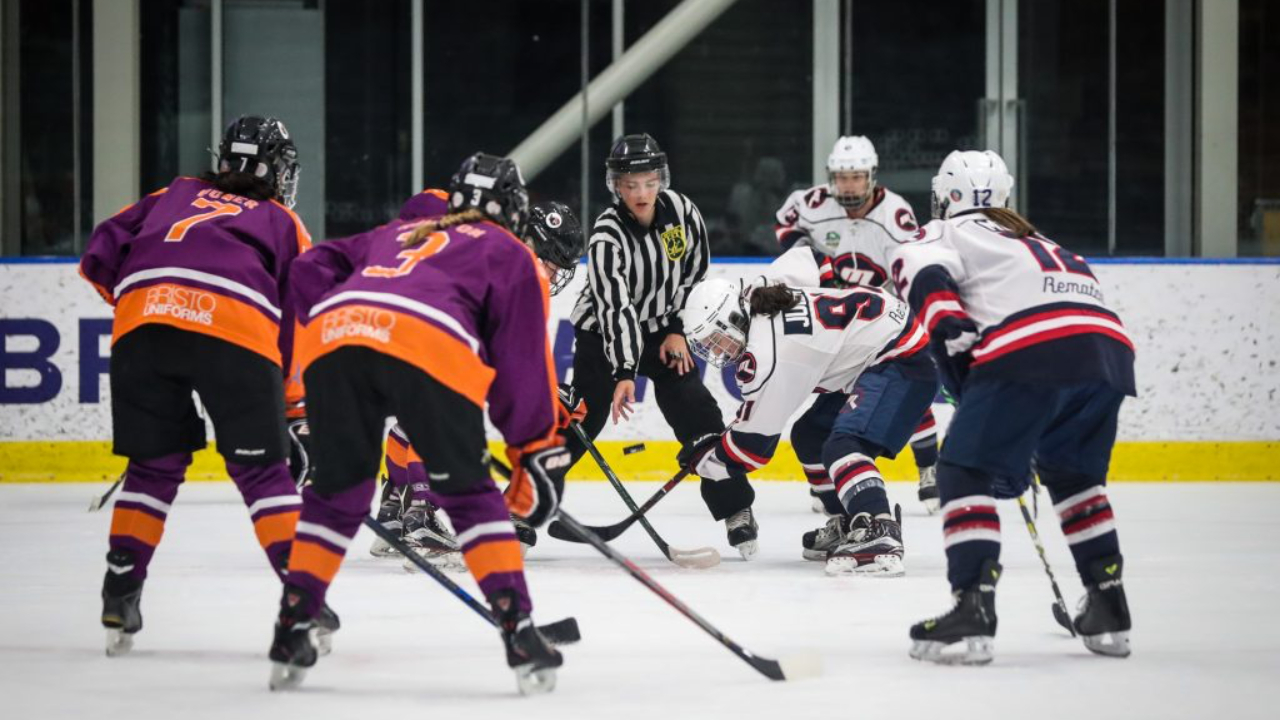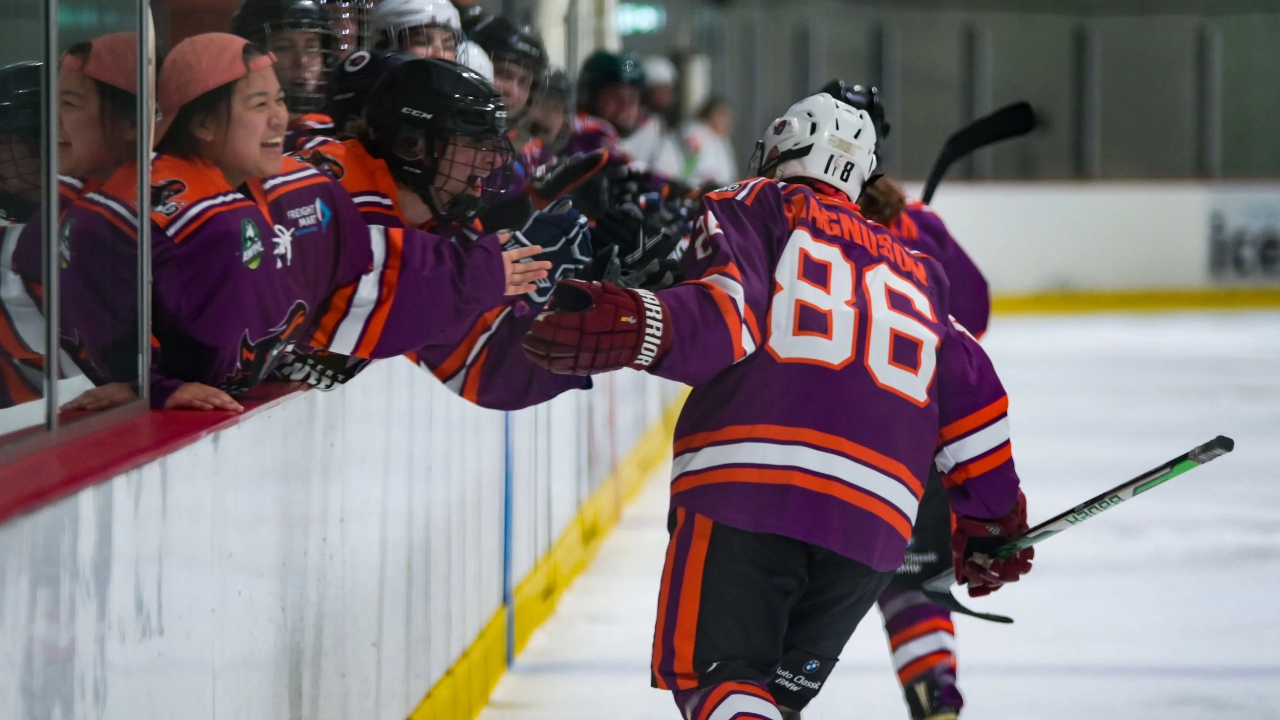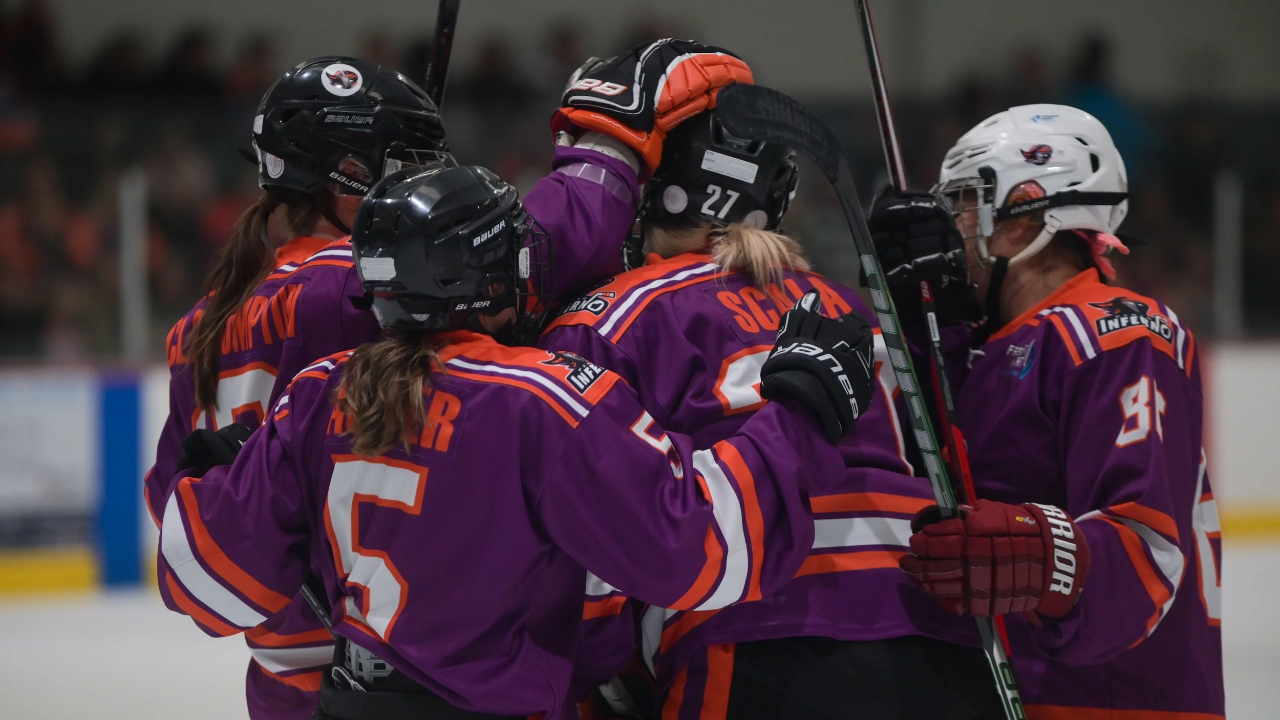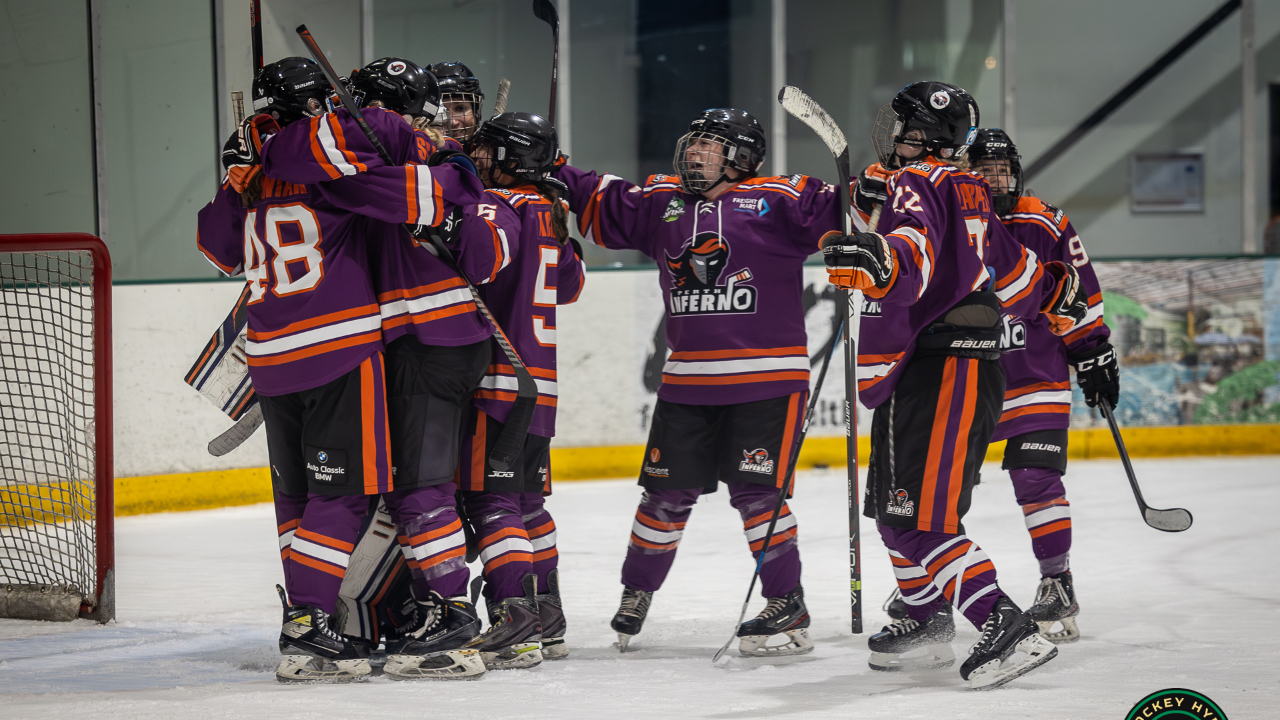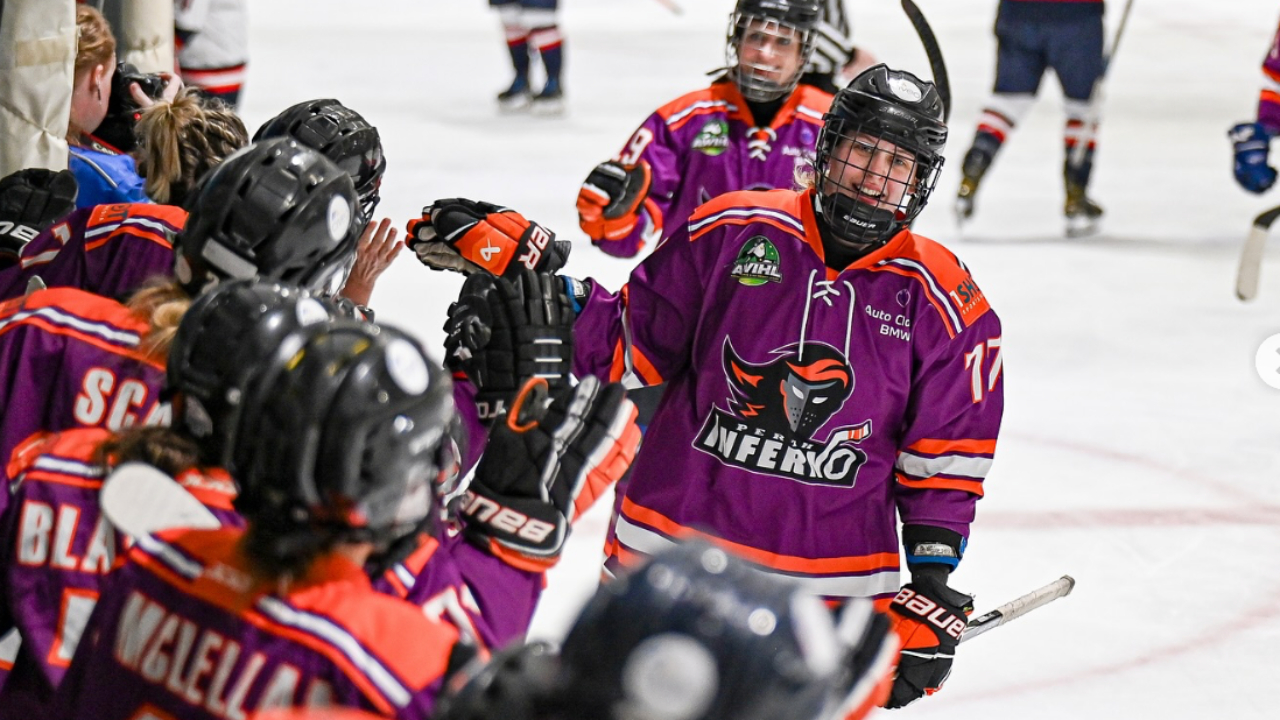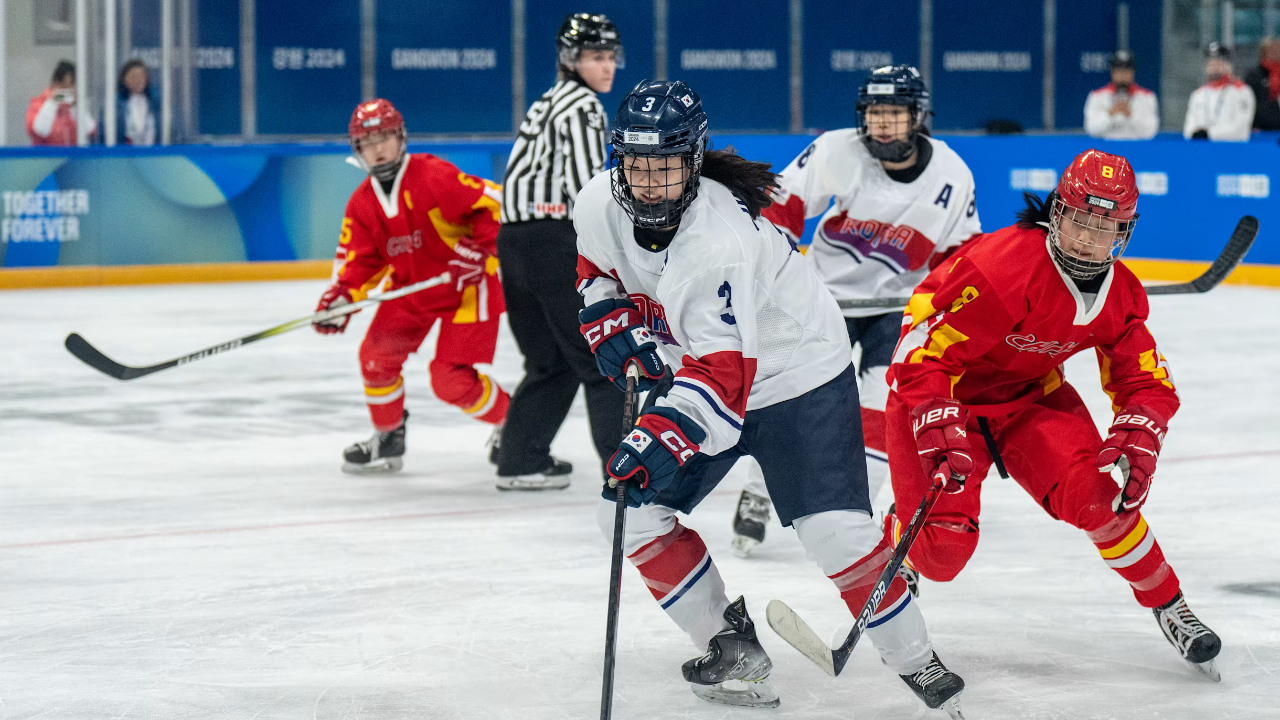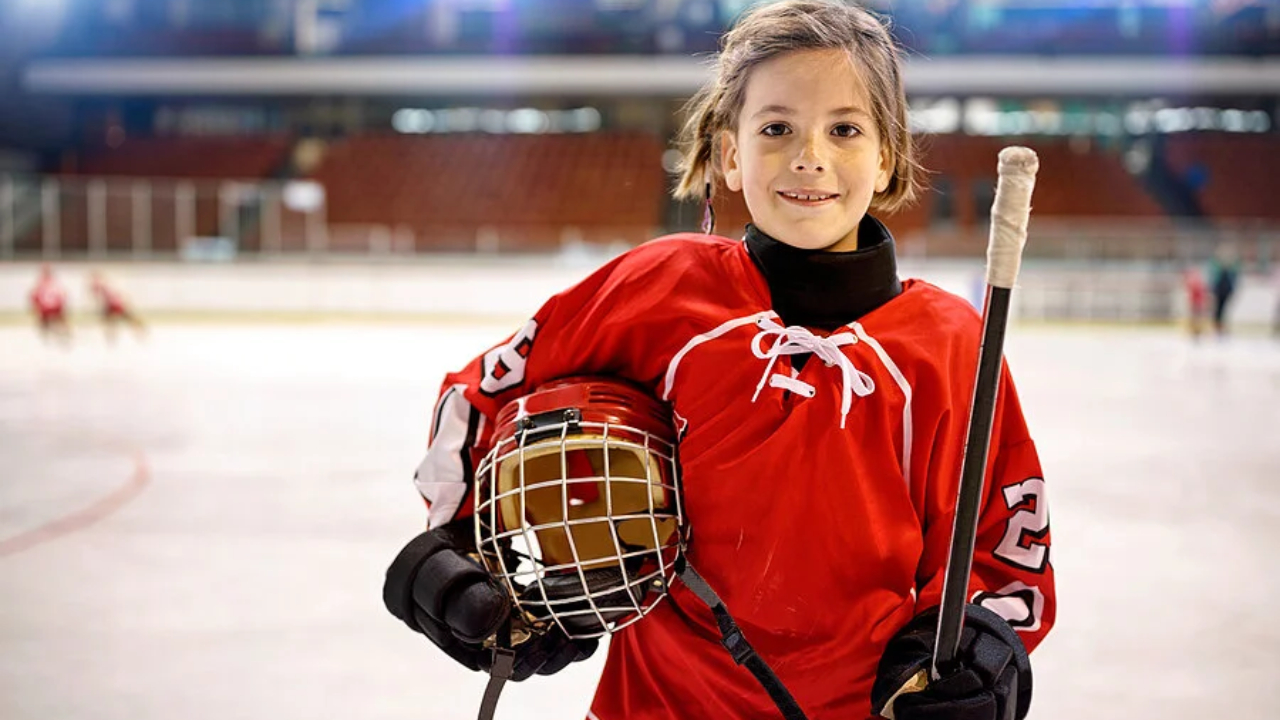
The Adaptive Coach: Designing Environments That Think Back
(5:5) Adaptable Reflection – Creating Environments That Learn in Real Time
By Coach Barry Jones – IIHF Level 3 High Performance | USA Hockey Level 3 Performance | Head Coach, Perth Inferno (AWIHL)
- Part 1 - The Adaptive Coach : How We Think, How We Play
- Part 2 - The Adaptive Coach : Designing the Map – Creating Safety in Chaos
- Part 3 - The Adaptive Coach : Safe to Fail – Coaching the Sequential Mind in an Ecological World
- Part 4 - The Adaptive Coach: Applied Chaos – Stories from the Ice
- Part 5 - The Adaptive Coach: Adaptable Reflection – Creating Environments That Learn in Real Time
Reflection That Moves
When I started writing this series, I thought reflection was what happened after the season.
But the longer I coach, the more I realise reflection isn’t a review, it’s a real-time design tool.
Adaptation doesn’t wait for the off-season.
If the environment is alive, reflection has to be too.
This isn’t a plan for next year.
This is how we’re coaching now.
The Realisation That Shifted Everything
Through the identity meetings, task failures, and athlete feedback loops, I learned that ecological design alone isn’t enough.
Without orientation, chaos can still feel unsafe.
For some athletes, the environment needs to communicate why before it can challenge how.
So my framework has evolved, not in theory, but in daily execution.
Every session now includes context, exploration, reflection, and adaptation, all inside the same feedback loop.
It’s no longer non-linear periodisation.
It’s adaptive ecology.
The Four-Frame Loop
The structure hasn’t changed much; the intent has.
Each environment now runs through four live frames:
1. Context – Establish the why. Ground the activity in purpose and meaning.
2. Exploration – Let players discover solutions within boundaries that matter.
3. Reflection – Debrief during training, not after. Ask, “What did we notice?”
4. Adaptation – Tweak constraints immediately based on those reflections.
This micro-loop keeps the learning system alive.
The athletes adapt. The design adapts.
And so do I.
From Periodisation to Perception
Traditional periodisation focuses on time; non-linear focuses on emergence.
Adaptive reflection focuses on perception, what players notice and how that changes their decisions.
Sequential learners find stability through understanding the pattern inside the chaos.
Intuitive learners thrive by disrupting that pattern.
Both belong. Both shape the environment.
Our practices now pulse between structure and release, order and experimentation, guided by the shared rhythm of noticing and adjusting.
The Environment as the Reflection
The biggest shift isn’t in the plan; it’s in how I read the session.
I no longer judge success by completion, execution, or even flow.
I look for responsiveness.
Does the environment react to the athletes as much as they react to it?
If yes, learning is happening.
If not, it’s just noise.
Reflection used to be a clipboard.
Now it’s a conversation between design and behaviour.
Culture in Motion
Our H.E.A.T. identity (Hunt, Execute, Attack, Trust) no longer sits on the wall, it moves through each adaptive loop.
- Hunt gives intent.
- Execute brings action.
- Attack brings urgency.
- Trust creates safety.
For sequential learners, that trust comes from clarity.
For intuitive learners, it comes from freedom.
For me, it comes from building an environment that flexes to serve both, every day.
Closing Reflection
Adaptability isn’t a coaching style; it’s an ecosystem.
Reflection isn’t the mirror at the end, it’s the current in the middle.
We can’t design for the future if the environment isn’t learning now.
So, we don’t wait.
We adapt in real time, with every conversation, constraint, and cue.
That’s what this series has taught me, that design isn’t fixed, and neither is reflection.
Because in ecological coaching, the environment isn’t just where learning happens, it’s what learns.
“Reflection isn’t what follows learning. It’s what keeps it alive.”
Author Bio: Barry Jones is an IIHF Level 3 High Performance Coach and USA Hockey Level 3 Performance Coach. He currently serves as Head Coach of the Perth Inferno (AWIHL) and leads the Blaze Development Program. His work blends ecological dynamics, nonlinear design, and athlete-centred leadership to build adaptive teams that thrive in uncertainty.

